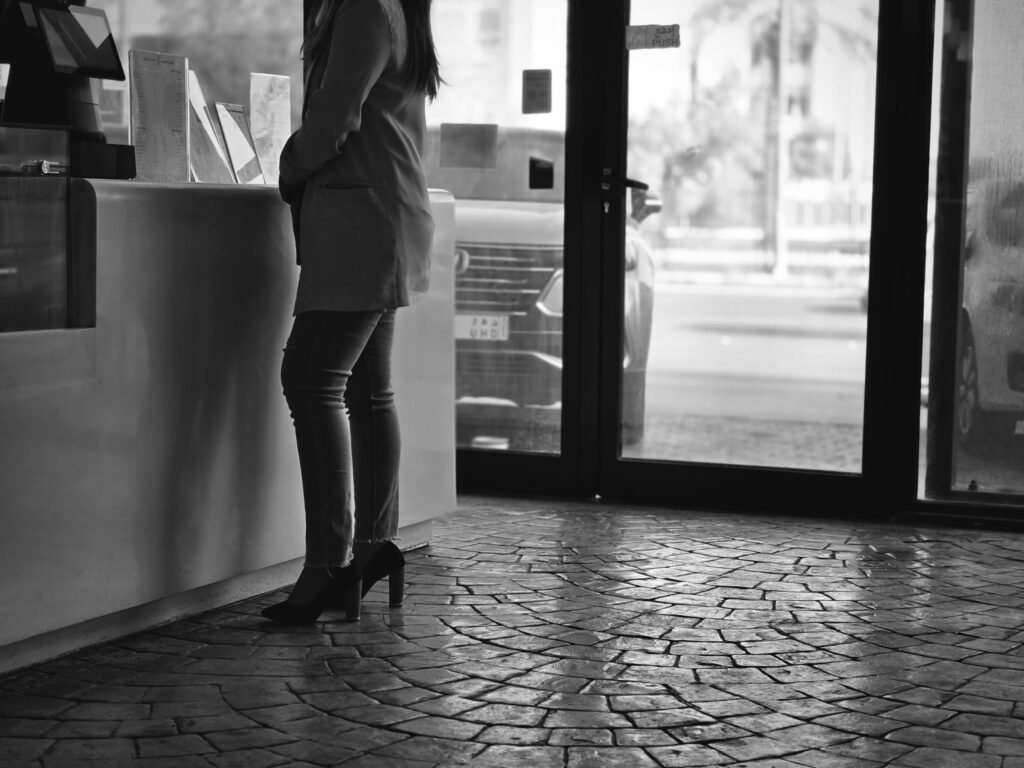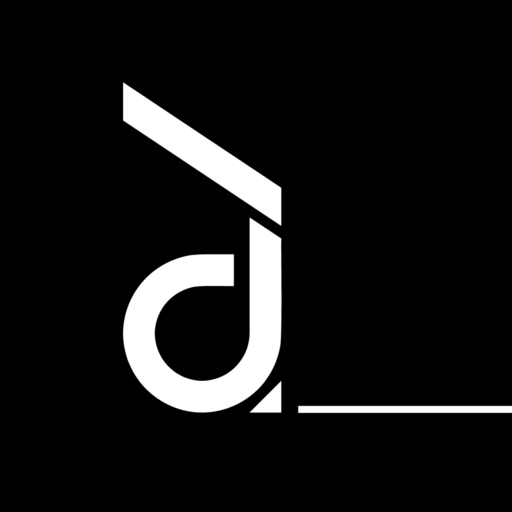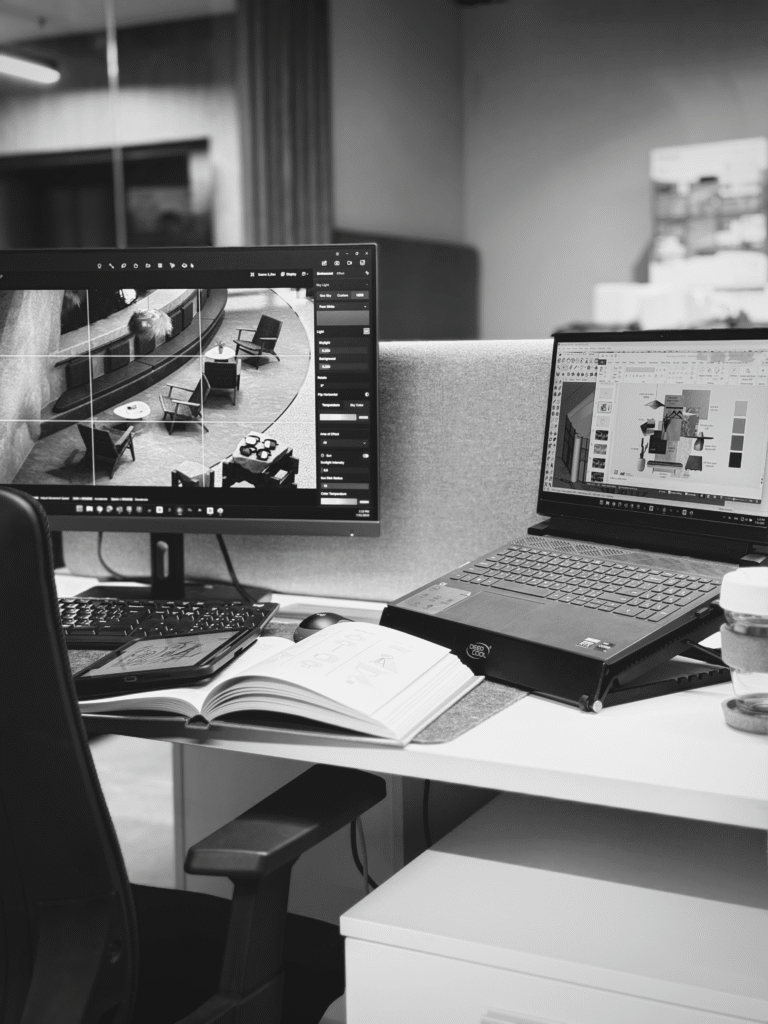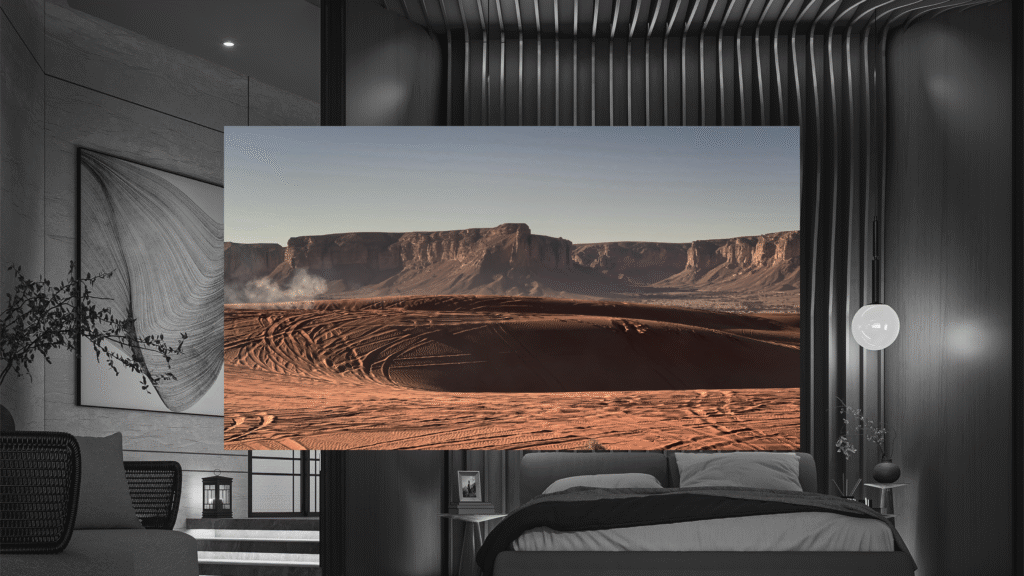
I can still remember the first time I applied for an interior designer role back in 2020. I was brimming with excitement and hope. I had always envisioned myself creating meaningful spaces, imagining how people would react and connect within them. But what I thought would be my big break turned out to be an experience that almost broke me.
I was called in for an interview. I finished the first part of the exam with ease, but the second part was the real challenge. We were given two hours to design a room with a coastal theme and provide a presentation—complete with a mood board, 3D images, and all the details.
Two hours.
With such limited time, I could only do so much. I never really had the chance to fully develop the design, and I left feeling like I had failed. It was clear as day that I wouldn’t be called back, and that experience made me question my abilities as a designer. For years, I stopped applying for designer roles because I felt unprepared and not good enough. That two-hour exam felt like a judgment of my entire potential.
Imagine if only AI had been as accessible then as it is now.
Fast forward to 2025, I decided to give it another try. This time, the companies I applied to allowed ample time to complete their design tasks. With realistic deadlines, I was able to approach the work thoughtfully and deliver designs I was proud of—work that truly reflected my skills and creativity.
This experience highlighted a fundamental truth: quality design requires realistic timelines.
Design is not simply about putting ideas on paper quickly; it involves thoughtful exploration, iteration, and refinement. Rushed projects often result in superficial or incomplete solutions that fail to unlock a space’s true potential. When designers are given adequate time, the results are better—not just aesthetically, but also in how a space functions and resonates with those who use it.
In an industry that often moves at breakneck speed, it’s crucial to recognize that good work takes time. Both clients and designers benefit when timelines respect the design process, and allow creativity to unfold naturally.
So if you’ve ever felt discouraged by an unfinished exam or an unsuccessful interview, remember this: your true potential can only flourish when given the space and time to grow. Don’t let one moment define your entire career. Even the toughest lessons are still valuable lessons.


